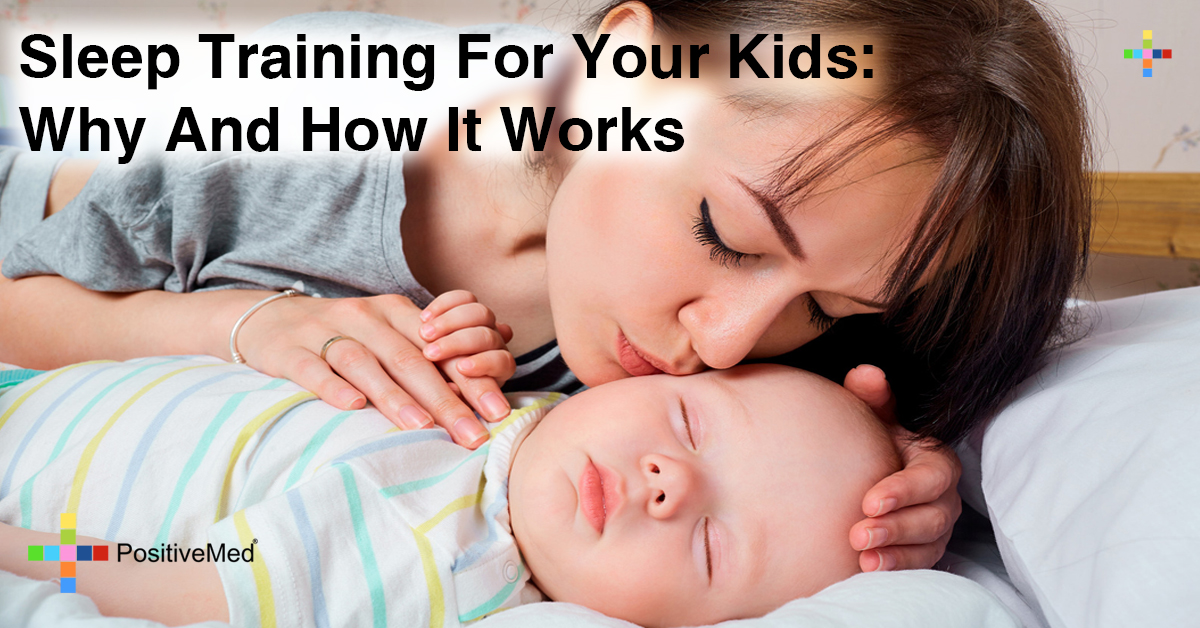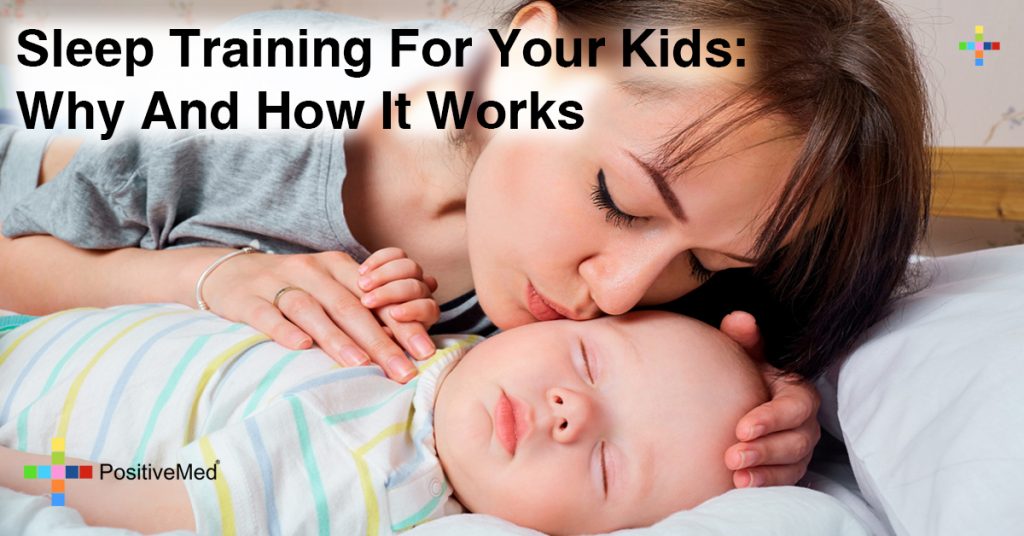Most parents cannot wait until their newborns start to sleep through the night. While some babies naturally adjust to a regular sleep schedule, many infants and toddlers struggle to stick to a routine. The earlier you establish healthy sleeping patterns, the better. If your baby struggles to fall or stay asleep now, trouble will likely persist as they get older.

Babies need far more sleep than adults to grow up healthy, so sleep training is an excellent way to help them develop important skills they’ll need to fall asleep, soothe themselves when they wake up and follow a schedule.
Baby Sleep Basics
Babies spend the majority of their first year asleep. A 1-month-old can sleep up to 20 hours a day, while a 1-year-old snoozes around 14 hours daily.
Babies also experience a sleep regression throughout the first year of life that impacts the duration they spend in a deep sleep. As you may already know, the adult sleep cycle consists of multiple stages, including the deep and restorative REM (rapid eye movement).
Sleep regression occurs as your baby’s natural sleeping pattern changes. They are prone to sleeping less, experiencing difficulty falling asleep and waking up more frequently throughout the night during a sleep regression. This means less sleep for parents, too.
Sleep training helps your baby establish a healthy sleeping pattern, learn how to fall asleep on their own and reduces the effects of sleep regression.
How to Sleep Train
The right age to sleep train will largely depend on you and your baby, but experts recommend you wait until your child is at least 4-months-old. By this time, your baby should be sleeping through most of the night without waking up. If they are relying more heavily on naps, then introducing sleep training can help them wean off daytime sleeping and grow more comfortable with having a set bedtime.
Every parent will have their own method of training, but you should first take a look at your baby’s sleep pattern and figure out what you would like to change. Ask yourself:
- Are they getting enough sleep?
- Would I like them to fall asleep more easily, stay asleep longer or both?
- Do I want them to learn how to fall asleep without my help?
- What time would I like them to nap and for how long?
One of the most common methods is the “cry it out” approach. This involves letting a baby stay in their crib and cry until they learn how to self-soothe and fall asleep by themselves. Naturally, many parents are too emotionally distraught to carry on with this method for long, but it works well for others.
Talking to your pediatrician can provide helpful sleep advice and tips to try. Pay attention to your baby’s response; one method doesn’t work for every child, and you should always be receptive, kind and compassionate during training. The ultimate goal is to help your baby fall asleep feeling safe, comfortable and content without someone beside them at all times.






